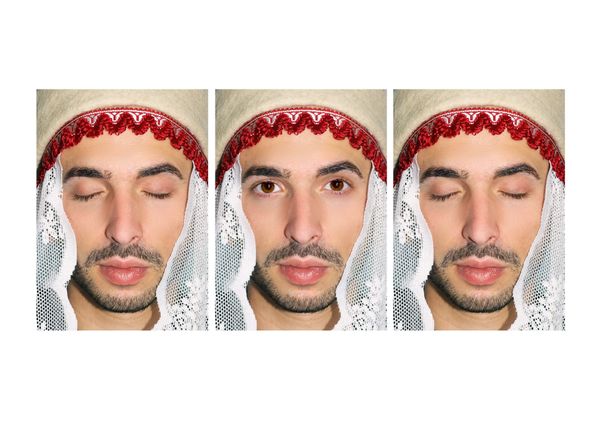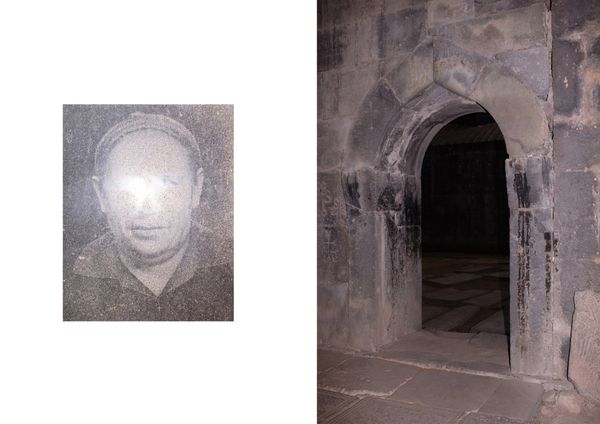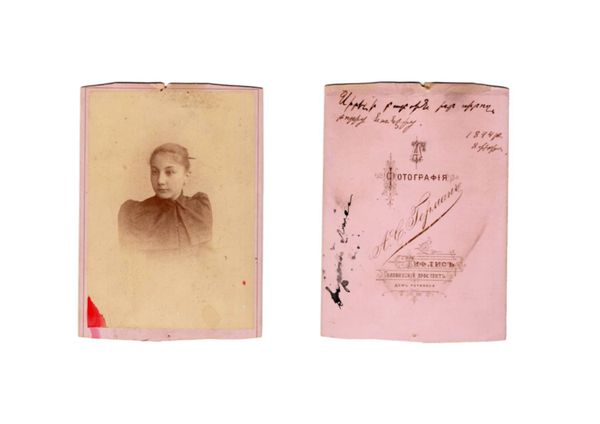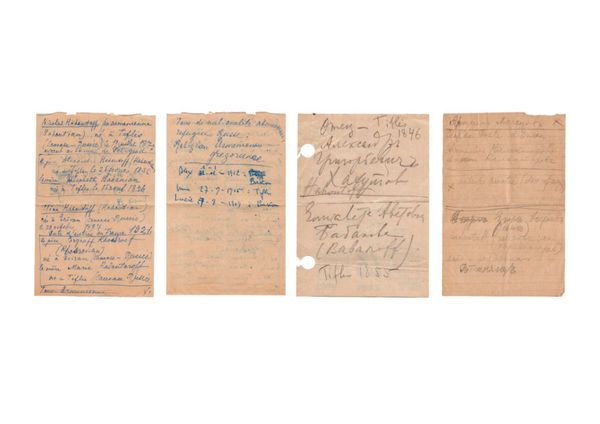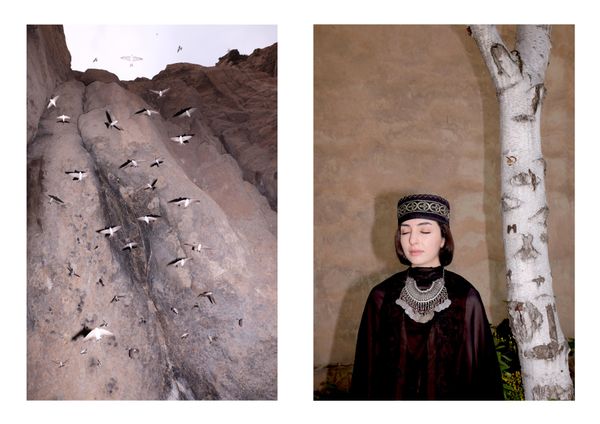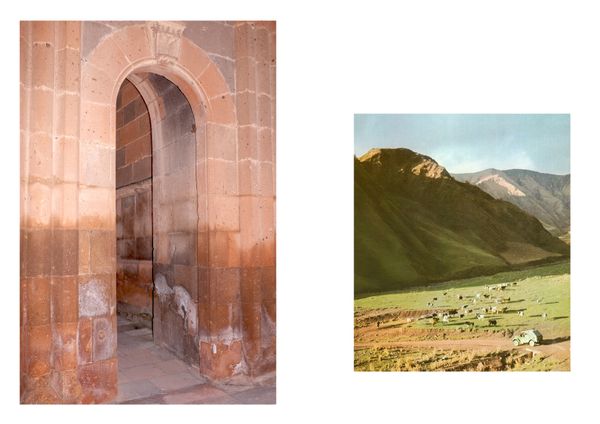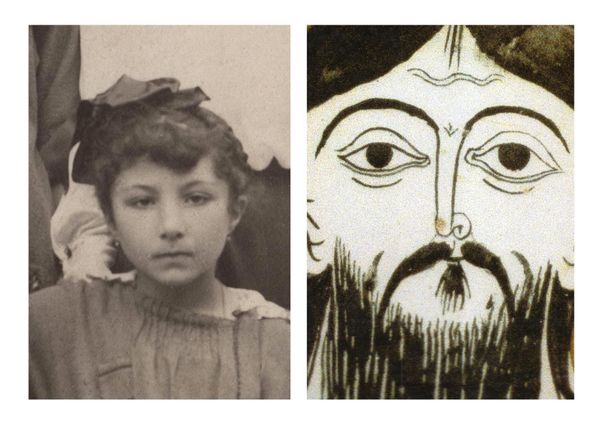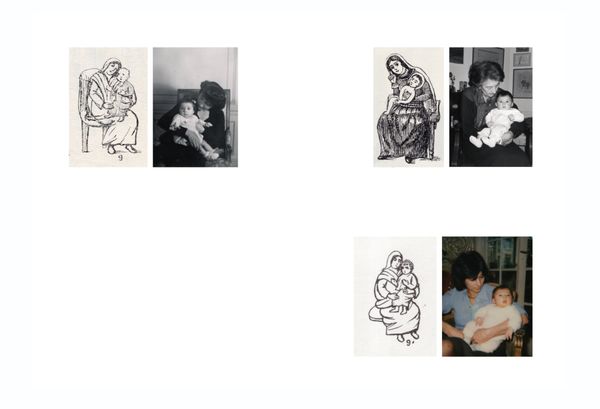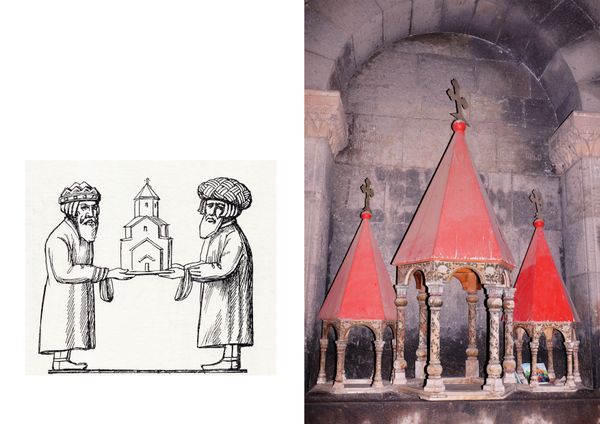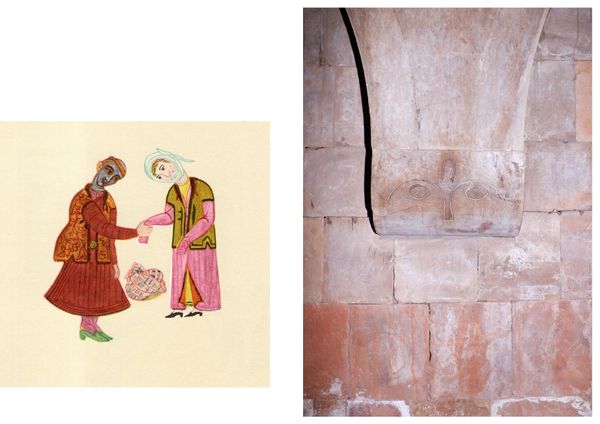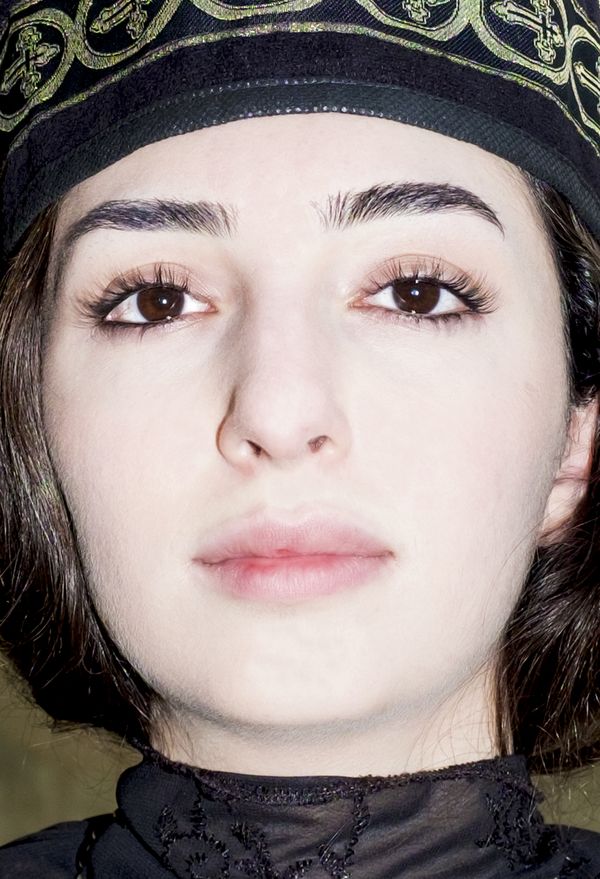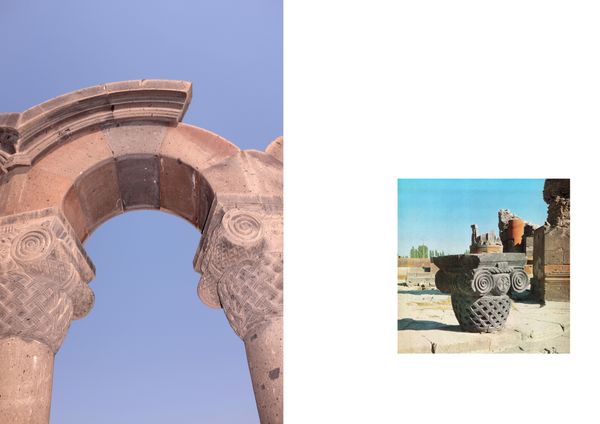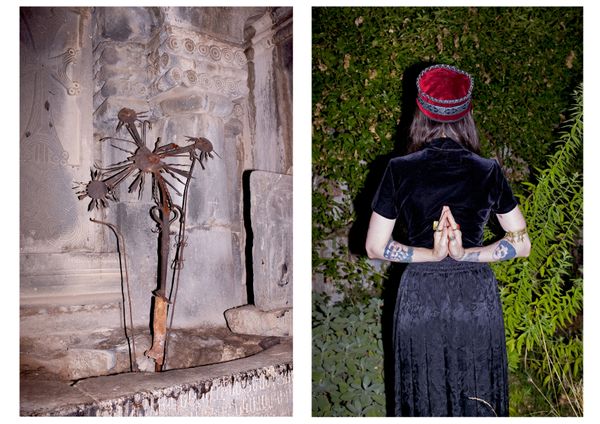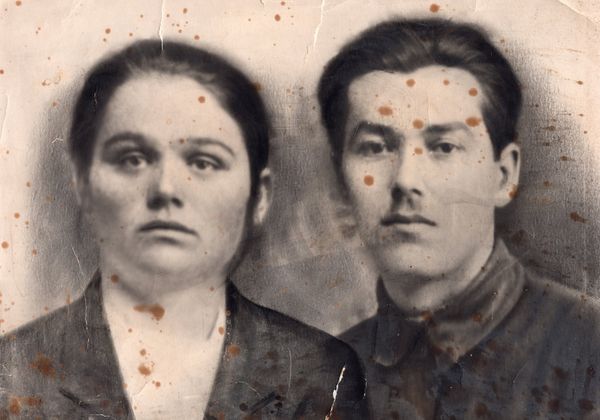TSAVT TANEM (If you take away our pain, what is left of us?)
-
Dates2019 - Ongoing
-
Author
- Locations Armenia, France
-
Recognition
-
Recognition
The generation of Armenians to which I belong—born in France, grandchildren of survivors of the 1915 genocide—has established two extreme poles based on its heritage: adoration and rejection. Though opposites, these two reactions are similarly passionate and inspired by fantasy and pain. Belonging to the Armenian diaspora means carrying the weight of the past, made heavier by the Turkish government’s failure to recognize the Armenian genocide. This prevents the whole community from mourning and turning the page.
In the course of my trips between Armenia and France, and during my conversations, I have noticed fears that recur, frustrations or desires that are common among the young people with whom I have spoken and begun to share my questions:
How do we represent our individual and collective identity?
If Turkey could bring itself to recognize the 1915 genocide, would that drastically change our relationship with our history and memory? Is the notion of trauma hereditary?
With the resumption of war in September 2020, can we envisage a future without historical recurrence and imagine our identity without fear of persecution?
How much fantasy and fiction is there in stories recounted from generation to generation and distorted over time, and how does one break out of the self-representations with which our community shackles us? And beyond the Armenia-Turkey case, does this research echo other recent or old diasporas on the European continent, which include many individuals from a wide variety of backgrounds? How can one’s own story be connected with other stories? How can they be inter-recounted to create a common, communicable work in which others could recognize themselves?
Taking as a point of departure the genealogical tree as crumbly map, my aim is to reinvent family history in a speculative narrative. The notion of individual mythology makes it possible to articulate this new kind of album, which has a fluid form.
Through the prism of the maternal link, which makes possible the journey from these origins into my family history, I examine the epigenetic imagination in the transmission of trauma, and seek to establish or dismiss constants in cultural transmission patterns within the family. Whether casual reductionism, or real intergenerational traumatic marking, I question genealogical transmission, taking a distinctly sociological approach in my way of angling my research, and in the form my works assume.
Wishing to develop a practice I have already initiated, revolving around memory representation, the diaspora, and the transmission of these stories, I am presenting this protean research into the notion of identity (or identities) for immigrant descendants.
Using archives, studio photography, and the reconstruction of friends’ stories, I seek to free myself from the traditional documentary use of photography. Instead of capturing truth, I view the use of photography as the construction of personal narratives made of evocative images. Emphasizing eyes (or their absence), I place vision, perception and perspective at the center my story. Closed, they reveal another point of view on the shared story, now made up of reminiscences and fantasy.
Reality always being more complex than its representation, here I sketch the beginnings of an approximate scenery, made up of memories and dreams, in which experiences other than my own confront each other, contradicting or reaffirming each other, and attempt to understand whether it is our history that defines us, or we who define it.
Going back and forth between past and present, reality and fiction, I strive to represent the plural identity of children of the diaspora, who carry within themselves a memory made up of constantly negotiated images.
‘Tsavt Tanem’ is a popular expression in Armenia that literally translates as “I take away your pain”. It is commonly used in various contexts to indicate understanding or empathy.
